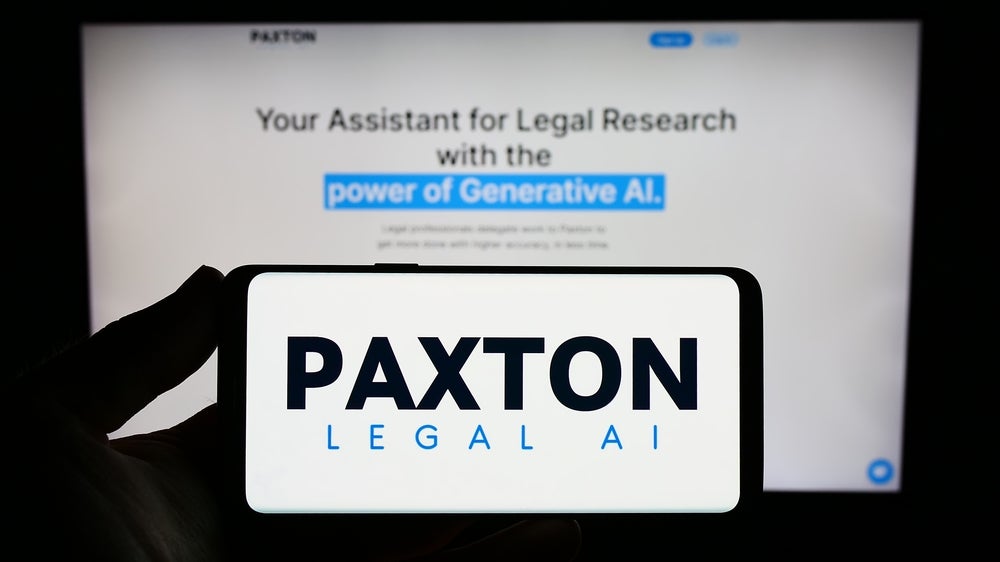One of the most important and indispensable aspects of any legal process is signatures, traditionally involving physical, wet ink signatures on printed documents. However, increased technology adoption over the last decade, accelerated further by the pandemic, has led to significant changes to the legal signing process. One of them is the widespread adoption of electronic signatures (e-signatures).
What are e-signatures?
An electronic signature is defined in section 7(2) of the Electronic Communications Act 2000 as anything in electronic form:
- as is incorporated into or otherwise logically associated with any electronic communication or electronic data; and
- purports to be so incorporated or associated to be used in establishing the authenticity of the communication or data, the integrity of the communication or data, or both.
The EU’s electronic Identification, Authentication, and Trust Services (eIDAS) regulation, which was adopted into English law, and the Electronic Communications Act 2000, provides that e-signatures are legally recognized in the UK. The Electronic Signatures in Global and National Commerce Act (E-SIGN Act) and the Uniform Electronic Transactions Act (UETA) also establish that e-signatures have the same legal effect as paper documents and wet ink signatures in the US.
A digital signature is a more secure form of electronic signature that provides encryption and authentication mechanisms to ensure the integrity of the signed documents. Digital signatures use a set of accepted standards called Public Key Infrastructure (PKI) to verify the identity of the requestor. There are different types of digital signatures described by the eIDAS regulation: Simple (SES), Advanced (AES), and Qualified (QES) Electronic Signatures. These e-signatures have varying levels of protection for authenticity, identity, integrity, and authentication and so are used in different circumstances.
Qualified Electronic Signatures offer the highest level of security as they require a face-to-face, or equivalent, ID verification process by a Qualified Trust Service Provider. It is typically used for highly regulated industries, like finance, healthcare, and government, or specific legal documents.
The benefits of using e-signatures in the legal sector
There are several advantages to the adoption of e-signatures. E-signatures allow individuals to sign documents digitally, eliminating the need for printing, scanning, and mailing documents and enabling remote collaboration. This has streamlined the signing process and made it more efficient with faster turnaround times and less admin work. By eliminating the need for paper, ink, and postage, e-signatures also have significant environmental and cost benefits.
How well do you really know your competitors?
Access the most comprehensive Company Profiles on the market, powered by GlobalData. Save hours of research. Gain competitive edge.

Thank you!
Your download email will arrive shortly
Not ready to buy yet? Download a free sample
We are confident about the unique quality of our Company Profiles. However, we want you to make the most beneficial decision for your business, so we offer a free sample that you can download by submitting the below form
By GlobalDataAccording to research conducted by Liverpool John Moores University and E-Sign, a maker of electronic signature technology, posting and delivering fewer documents to clients would reduce carbon emissions produced by transport, and law firms would cut 805.895kg of CO₂e annually. The same study also found that each law firm would save roughly £400,000 ($488,800) annually by “reduced printing costs, completing administrative tasks quicker and minimising storage costs for paper documents”.
E-signatures can be integrated into document management systems to automate the signing of signature fields in documents. The physical signing of documents can be time-consuming and reliance on couriers to deliver important legal notices can have significant financial repercussions, which the use of e-signatures can prevent.
According to a PwC Law Firms Survey in 2021, 88% of the top 100 firms have invested in e-signatures.
Wet ink signatures remain resilient
Nonetheless, traditional wet ink signatures have not disappeared and remain a popular choice for legal professionals. Also, while e-signatures have become legally binding across most of the globe, some jurisdictions still require wet ink signatures for certain documents and contracts to be recognized as valid. These include the signing of wills, deeds, court orders, bank loans, and property evictions, to name a few.








